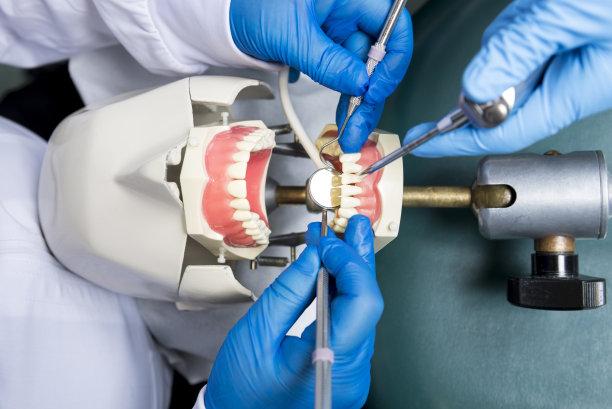Understanding the Process and Importance of Extracting a Tooth in Dental Care and Health Management
Summary: Tooth extraction is a common procedure in dental care that plays a crucial role in oral health management. This article delves into the process of tooth extraction, emphasizing its importance in maintaining dental hygiene and overall health. We will explore the reasons for tooth extraction, the steps involved in the procedure, the post-extraction care required, and the long-term implications for dental health. Understanding these facets will equip patients to make informed decisions regarding their dental care and the necessity of extraction in certain situations, highlighting the significance of professional dental guidance.
1. Reasons for Tooth Extraction in Dentistry

Tooth extraction may be required for various reasons, primarily to prevent further complications. One common reason is the presence of severe tooth decay that compromises the integrity of the tooth. When decay extends beyond the tooths surface into the pulp, extraction becomes necessary to eliminate pain and prevent infection from spreading.
Another reason for extraction is overcrowding. In some cases, especially with orthodontic treatment, certain teeth need to be removed to create space for properly aligning the remaining teeth. This can enhance both functionality and aesthetics, making it a common practice among orthodontists.
Finally, damaged teeth due to trauma may necessitate extraction. If a tooth is broken or severely fractured, extracting it can often be a more viable option than attempting complex repairs. Addressing these issues timely ensures overall dental health and prevents complications such as infections, misalignment, or further tooth loss.
2. The Tooth Extraction Procedure: An Overview
The tooth extraction process begins with a thorough examination by a dentist, who assesses the tooths condition and discusses options with the patient. This initial step may involve X-rays to provide a clear view of the tooths position and the surrounding bone structure, helping in planning the procedure.
Once deemed necessary, the dentist prepares the patient for extraction. Local anesthesia is typically administered to numb the area around the tooth, ensuring a pain-free experience. In some cases, sedation may be used if the procedure is more complex or if the patient experiences anxiety.
The extraction itself can be straightforward or surgical, depending on the tooths condition and its root structure. For simple extractions, the dentist uses specialized tools to loosen and remove the tooth. Surgical extractions are more involved, often requiring incisions in the gums and the removal of bone to access teeth that are not easily visible.
3. Post-Extraction Care: Ensuring Quick Recovery
After the extraction, proper post-operative care is crucial for recovery. Patients are typically advised to bite down on gauze pads for 30 to 45 minutes to control bleeding, which is a normal occurrence. It is crucial to follow the dentists advice regarding gauze changes and to avoid disturbing the extraction site.
For the following days, patients should focus on a diet consisting of soft foods, avoiding anything crunchy or spicy that might irritate the extraction area. Staying hydrated is important, but patients should avoid using straws, as the suction can dislodge the blood clot that forms, leading to complications such as dry socket.
Additionally, pain management may involve over-the-counter pain relievers or prescribed medications. Keeping the head elevated and applying ice can also help minimize swelling. If any unusual symptoms arise, such as excessive bleeding or severe pain, patients should not hesitate to consult their dentist.
4. Long-term Implications of Tooth Extractions
The removal of a tooth can have long-term effects on dental health, making it essential to follow up with plans for management or replacement. One consequence of extraction is potential shifting of adjacent teeth, which can lead to misalignment over time. To mitigate this, dentists often recommend orthodontic treatment or the use of retainers.
Additionally, missing teeth can impact bite functionality and aesthetics. Patients may consider options like dental implants, bridges, or dentures to restore function and appearance. Each of these solutions offers distinct benefits and should be discussed with a dentist to determine the best course of action based on individual needs.
Regular dental visits become crucial post-extraction as well, to monitor healing and maintain oral health. Consistent care and professional advice enhance recovery and ensure that the overall dental structure remains intact and functional.
Summary:
Tooth extraction is a fundamental aspect of dental care, addressing various issues that can threaten oral health. From understanding the reasons behind extraction to following proper post-operative care, patients play an active role in their recovery and ongoing oral health management. Recognizing the importance of professional guidance ensures informed decisions regarding dental care.
This article is compiled by Vickong Dental and the content is for reference only.


